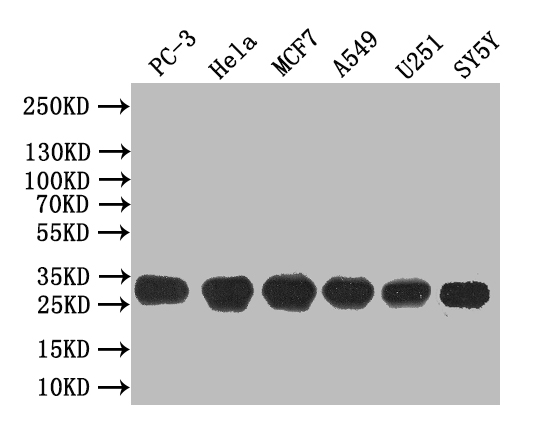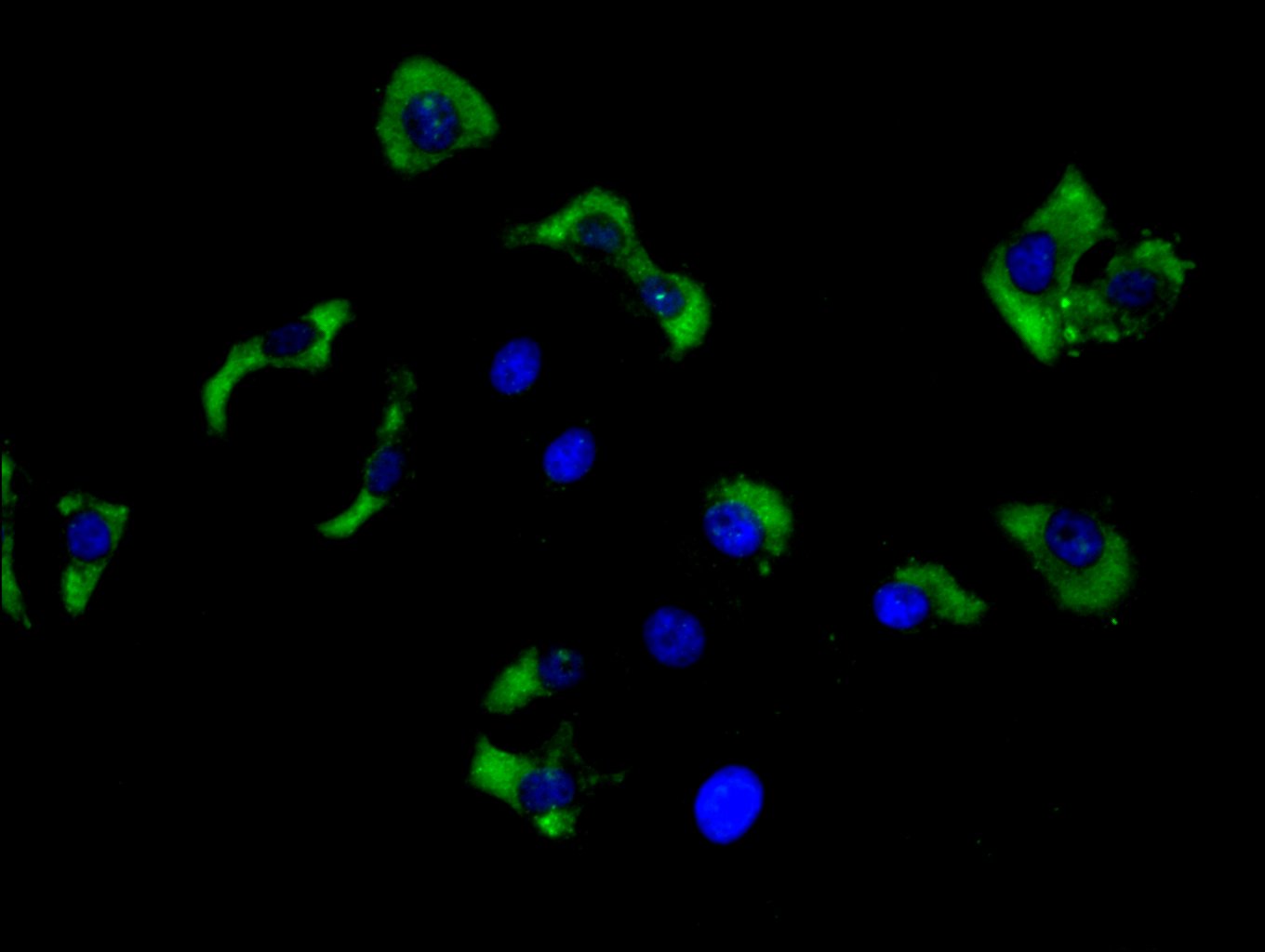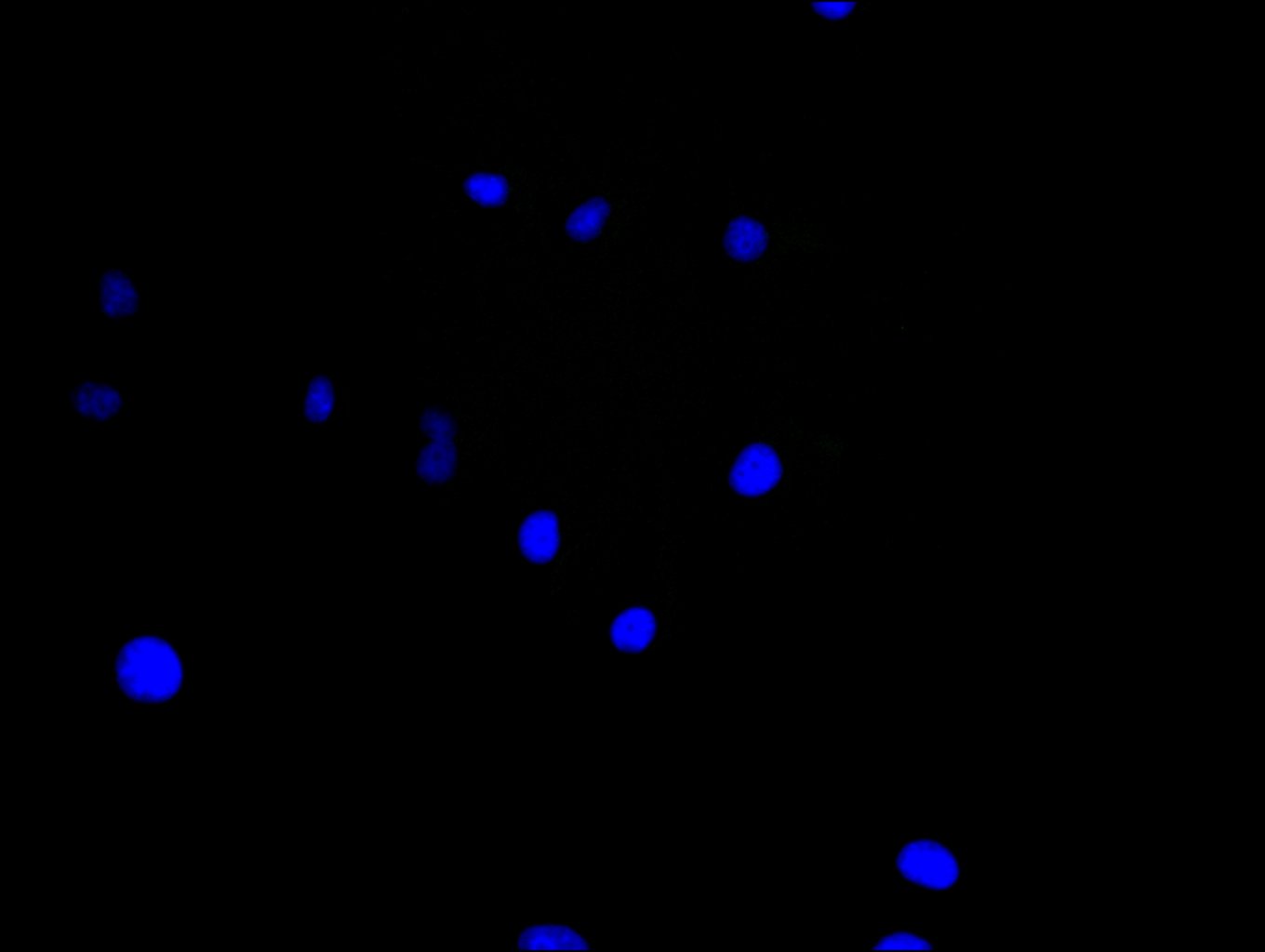The production of the GJB3 polyclonal antibody involved three steps: initially, a rabbit was immunized with the recombinant human GJB3 protein (211-270aa); subsequently, antibodies were isolated and collected from the rabbit serum; finally, the resulting antibodies were purified using protein G affinity chromatography.
With a purity level exceeding 95%, this GJB3 polyclonal antibody is almost entirely free of impurities. It has demonstrated the ability to identify and attach to GJB3 protein from human and mouse samples. Moreover, its versatility is evident in its successful validation in various experiments, including ELISA, WB, IHC, and IF.









